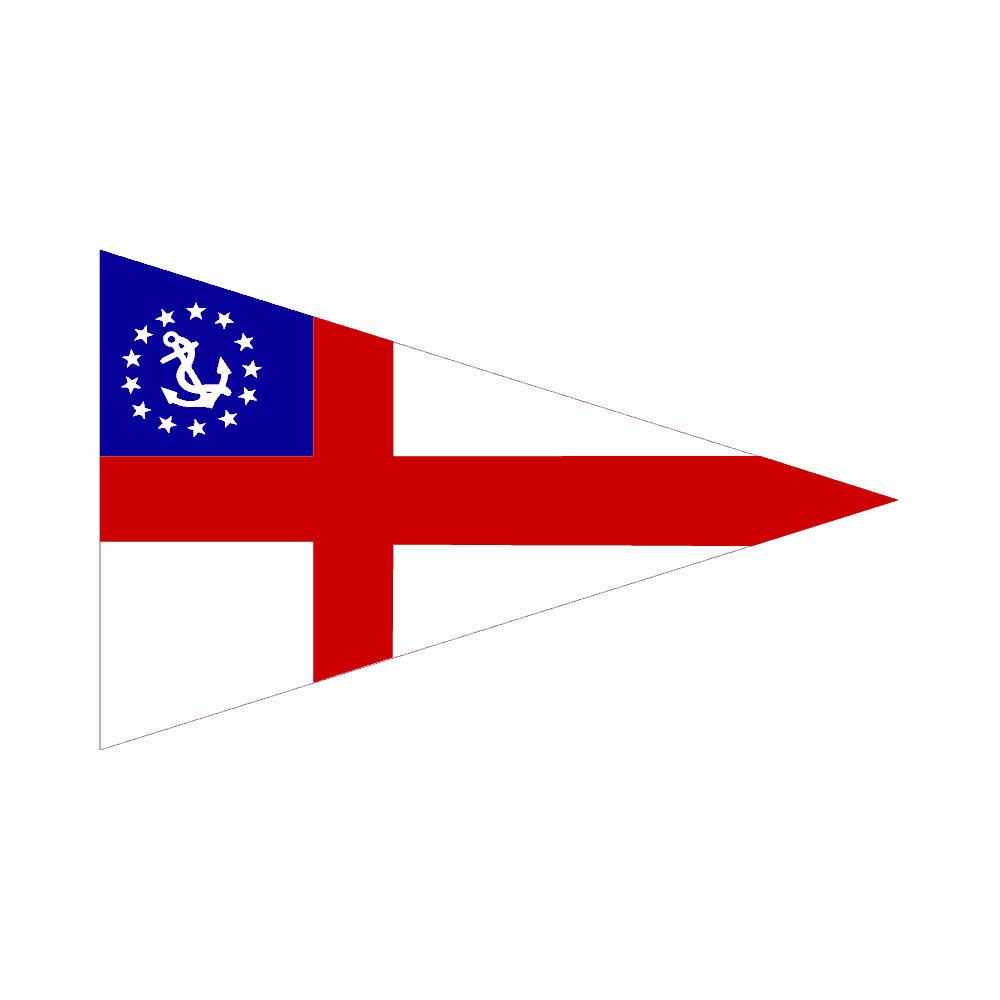
Corinthian Yacht Club of Philadelphia
Founded in 1892, the Corinthian Yacht Club of Philadelphia is one of the oldest continuously operating yacht clubs in America. It is located on eleven acres of waterfront land beside the Delaware River and just south of Philadelphia. Its location, at the south end of Tinicum Island, provides excellent one design racing conditions and lends itself to being the premiere small boat sailing venue for the entire Philadelphia region. Its sailors have won regional, national, international and Olympic competitions, have crewed in defense of the America’s Cup, and have won major ocean races and cruised globally. The club burgee is recognized and respected throughout the yachting world.
Stories from Corinthian Yacht Club of Philadelphia
On January 12, 1892 a group of 13 men, former members of The Philadelphia Yacht Club which had been taken over a few years earlier by The Quaker City Yacht Club, held a meeting at the Bullitt Building in Philadelphia. They felt dissatisfied with the state of affairs at The Quaker City Yacht Club as a result of schisms developing among the members and occasioned by undignified acts by some members. There also developed and incompatibility between people of different social and professional standing. During this period a change in the size of the yachts was taking place with larger seagoing yachts overtaking the then prevalent smaller 20′ to 40′ vessels. This meeting concluded with a resolution recommending the advisability of breaking away from The Quaker City Yacht Club and forming a new club. A month later, in February 1892, a charter was approved and a certificate of incorporation was issued for the newly formed Corinthian Yacht Club of Philadelphia. (CYCOP). Among the thirty signatures that were placed on the CYCOP Application for the certificate of incorporation were names that are familiar to us today. They are: Alexander Van Rensselaer; Anthony J. Drexel, Jr.; Edward R. Coleman; and Addison F. Bancroft. Ned Coleman, who owned the largest schooner Norna, was elected Commodore, Ogden D. Wilkinson as Vice-Commodore, and W. Barklie Henry, who stood number one on the roster, Rear-Commodore. Their photographs are among those with the past Commodores on display in the present clubhouse.
As soon as the certificate of incorporation was granted, the organizers resigned from The Quaker City Yacht Club. So many others followed that eventually sixty resigned during the next few months to join the newly formed club.
As time went on, other distinguished Philadelphia names became associated with the Corinthian Yacht Club. With the establishment of the new club came the necessity to find an appropriate headquarters and/or clubhouse. A property down river in Essington with a wharf and protected harbor was found and subsequently was leased for $500 per year with the privilege of purchase. The house on the property was an old hotel with 14 rooms on 12 acres of ground. The original building was built in the late 1700’s by John Shreve and was used as a taproom. In December 1893 The Corinthian Yacht Club exercised its right to purchase the property and the price paid was $9,000.
Arch McMichael
Commodore
